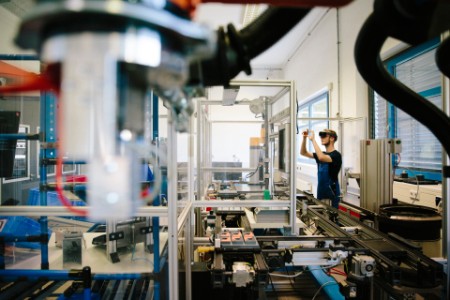7. Innovation and new product and service launches
Customer connectivity is driving innovations such as new digital sales platforms, tools to enable sales teams to offer a wider range of products and data analytics to support aftermarket services. Sustainability is exerting a stronger influence on new products and services, particularly for chemical companies in areas such as plastics recycling and plant-based raw materials.
8. Geographic developments — growth markets
In the Asia Pacific region, companies are experiencing lower order activity from automotive and electronics customers and higher demands in sectors such as construction, infrastructure and defense in countries like China. On the other side of the globe, Latin America continues to provide growth opportunities, particularly in agriculture and construction, though currency headwinds persist.
9. Geopolitical environment
Manufacturing sector leaders are starting to view trade-related conflict as a medium- to long-term market force rather than a short-term disruption. As tariffs continue to affect cross-border demand for products, manufacturers are relocating facilities to minimize their exposure. While the outlook on a resolution to the US-China trade conflict is slightly more optimistic than in 2Q19, leaders remain concerned about the negative impact of ongoing uncertainty on industrial markets. In preparation for Brexit, some companies are continuing to maintain higher levels of inventory in the UK to protect against shortages and delivery delays.
10. Changes in production rates
A&D companies are leading discussions about capacity expansions in both aerospace and defense. New chemical plants are coming online to increase production rates. This increase creates two risks for the sector: the potential for margin pressure when plants operate below capacity, and the possibility of oversupply when capacity is reached.


